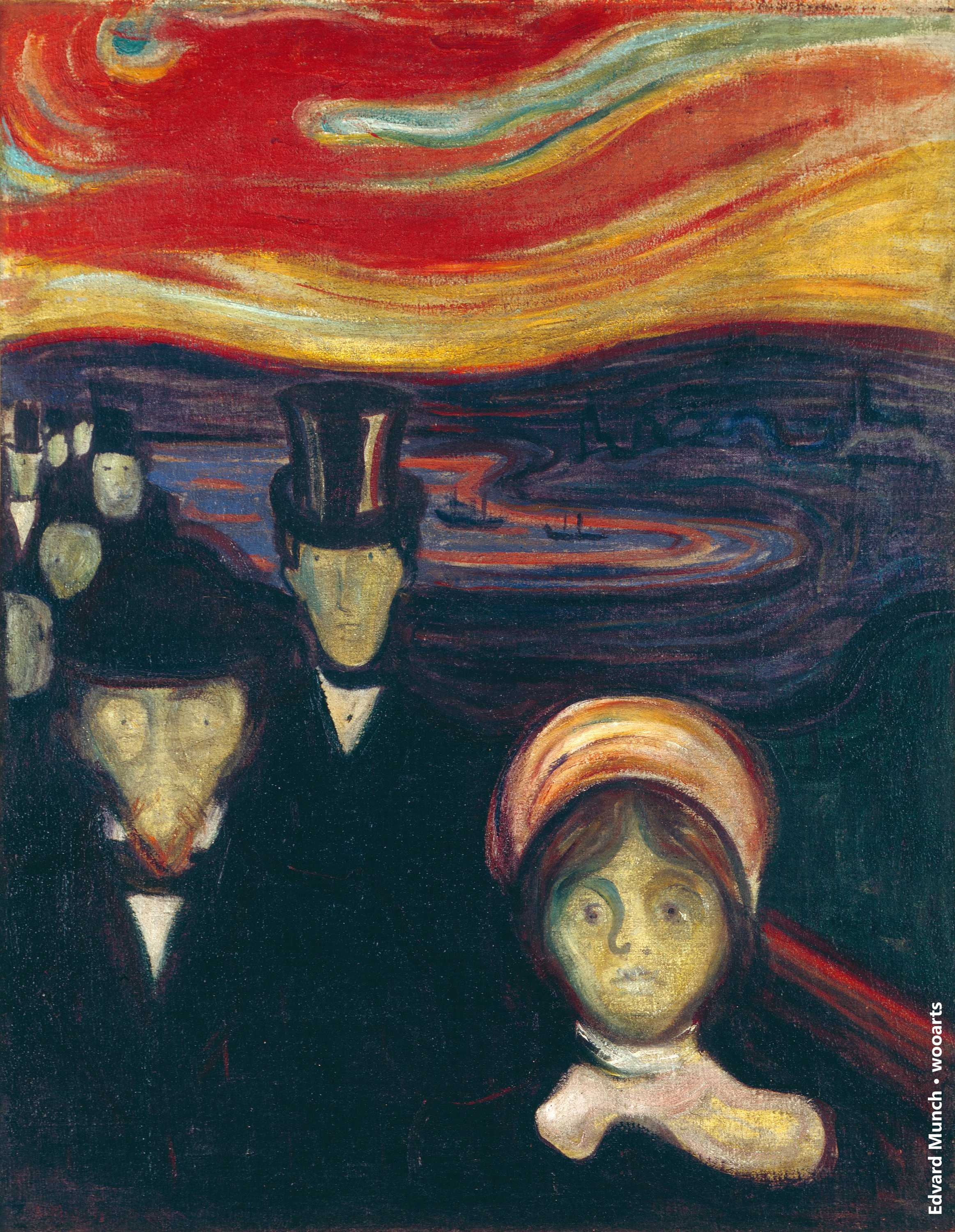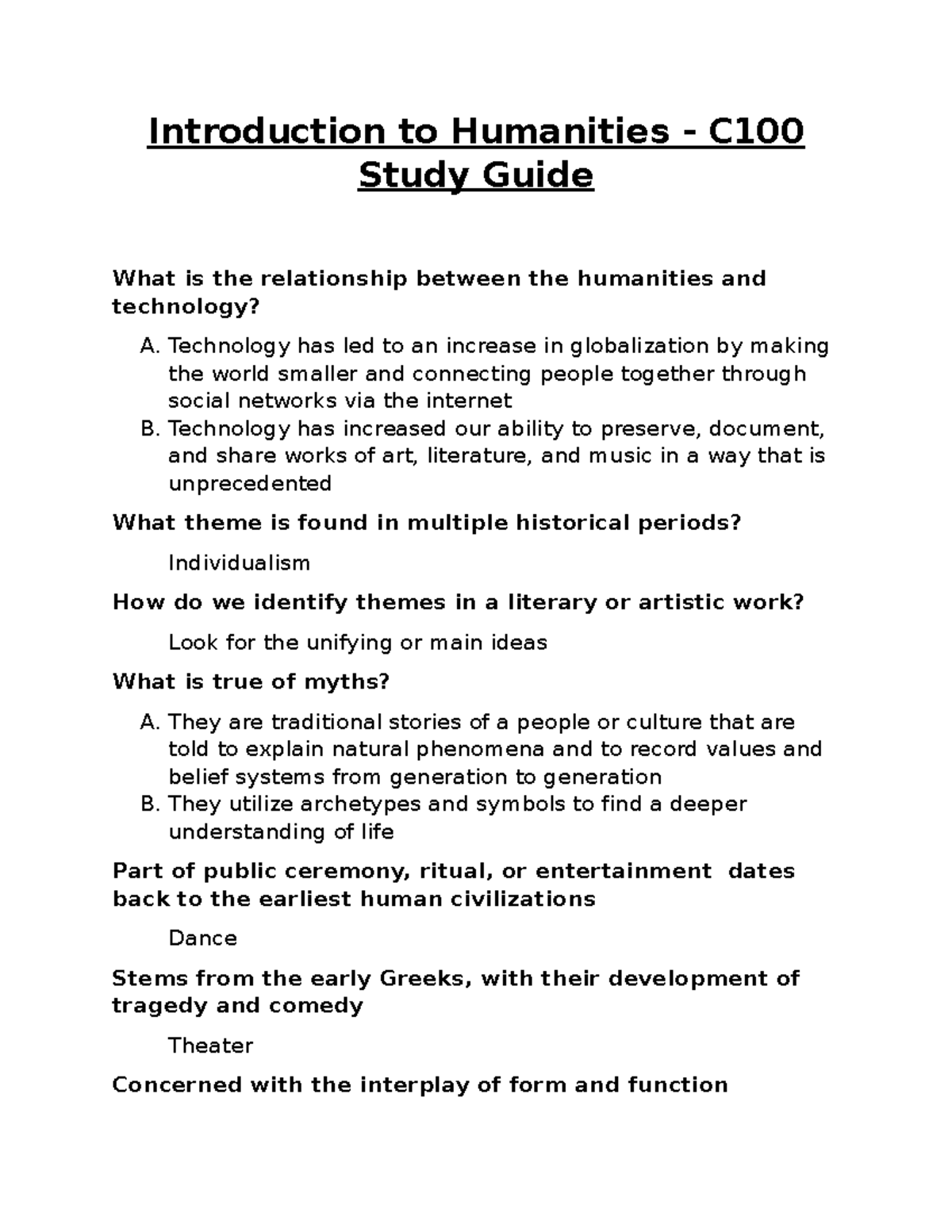Edvard Munch, the iconic Norwegian painter, is renowned for his profound exploration of the human psyche through art, driving home themes of love, anxiety, and existential despair. His masterpiece, “Two Human Beings (The Lonely Ones),” painted between 1906 and 1908, epitomizes his fascination with the complexities of human relationships and isolation against sublime backdrops. This significant work is now featured in a captivating Munch exhibition at the Harvard Art Museums, where it invites viewers to delve into the artist’s innovative techniques and timeless motifs. Munch’s art technique blends vibrant colors and raw emotional power, leaving an indelible mark on the world of modern art. As we explore his works, including the many iterations of “Two Human Beings,” we gain insight into Munch’s unique approach that challenges the conventions of his time.
The illustrious artist Edvard Munch has left an unmistakable legacy in the realm of visual arts, particularly through his recurring themes of human connection and solitude. His celebrated piece, “The Lonely Ones,” captures the essence of companionship juxtaposed with isolation, showcasing his penchant for emotional depth and psychological insight. Currently, the Harvard Art Museums are hosting a compelling exhibition that highlights Munch’s bold art motifs and varied art techniques, providing a fresh perspective on his creative journey. From his early works to the later variations of this poignant motif, Munch’s ability to reinterpret his subjects through different mediums allows us to appreciate the intricacies of his artistic expression. Engaging with Munch’s art invites us to reflect on the universal experiences of love and loneliness, revealing the timeless relevance of his work.
Exploring Edvard Munch’s Artistic Identity
Edvard Munch, celebrated for his emotionally charged artworks, crafted a complex identity as a pioneer of modern art. His journey spanned over six decades, with notable works reflecting his introspective nature and his exploration of existential themes. The motif of ‘Two Human Beings,’ prominently featured in various formats from paintings to prints, encapsulates his ability to convey deep psychological narratives through visual arts. Munch’s techniques varied throughout his career, showcasing his innovative approaches to color, form, and composition, which continue to influence contemporary artists.
In the context of the ongoing exhibition at the Harvard Art Museums, Munch’s approach unveils the intricacies of his artistic vision. Each version of ‘Two Human Beings,’ whether in bold colors or monochromatic tones, invites viewers to delve into the emotional landscapes he created. By dissecting his techniques, art enthusiasts can gain insights into how Munch harmonizes the psychological with the aesthetic, establishing a unique dialogue between the figures and their environment.
The Loneliness and Companionship in Two Human Beings
‘Two Human Beings (The Lonely Ones)’ serves as a poignant exploration of isolation and connection, two central themes prevalent in Munch’s oeuvre. The title itself invites interpretation; while initially suggesting loneliness, Munch’s repeated engagement with this motif suggests greater complexity. The figures standing side by side, yet facing away from each other, evoke a sense of shared solitude that paradoxically highlights their connection to both each other and their surroundings.
Lynette Roth’s commentary on the figures’ potential for companionship adds depth to this interpretation. Rather than being merely representative of isolation, Munch’s figures also embody contemplation and mutual recognition within their separation. This duality is reflected in the diverse visual iterations seen throughout the exhibition, where variations in color schemes and techniques underscore the evolving relationship between the man and woman, resonating with viewers’ personal experiences of companionship and solitude.
Munch’s Art Technique and Creative Process
Munch’s innovative art techniques reflect his desire to challenge traditional notions of beauty and perfection. Emphasizing the rawness of his materials, Munch often left sections of his paintings unpainted or embraced the visible remnants of his creative process. In ‘Two Human Beings,’ these elements draw attention to the spontaneity of art-making, inviting viewers to contemplate not just the finished piece, but the journey behind its creation.
The exhibition highlights this fusion of technique and meaning, showcasing how Munch’s method of layering paint and exploring different mediums contributes to the vibrancy of his artworks. This exploration of art techniques illuminates the relationship between Munch’s paintings and prints, wherein his repetitive experimentation creates a dynamic dialogue within his body of work. Each element not only adds to the aesthetic but also reinforces the emotional weight carried by each motif.
The Symbolism of Colors in Munch’s Work
Color in Munch’s work is not merely decorative; it serves as a powerful tool for emotional expression. In the various interpretations of ‘Two Human Beings,’ color choices play a significant role in setting the mood and conveying feelings. For instance, the use of somber hues can evoke feelings of melancholy, while vibrant, psychedelic colors bring forth an energy that contrasts with the figures’ apparent stillness.
Curator Elizabeth M. Rudy notes the extensive palette Munch employed, each shade meticulously chosen to reflect the emotional states of his figures. This deliberate approach to color amplifies the psychological dimensions of his work, inviting viewers to engage with it on a deeper level. The color schemes thus act as metaphors for the myriad emotions associated with human relationships, further enriching the narrative of companionship and isolation.
Munch’s Influence on Modern Art and Printmaking
Munch’s influence extends far beyond his immediate artistic surroundings, resonating deeply within the modern art movement and the evolution of printmaking. Through his innovative techniques, he laid the groundwork for subsequent generations of artists, inspiring them to explore the emotional core of their subjects. His works, particularly ‘Two Human Beings,’ demonstrate a compelling interplay between painting and printmaking, showcasing how each medium can inform and elevate the other.
The Harvard Art Museums exhibition epitomizes this influence, displaying various iterations of Munch’s motifs that highlight not only his mastery of printmaking techniques but also his capacity to meld distinct art forms. Munch’s approach to art—viewing it as an exploration rather than a confined discipline—encourages a re-evaluation of how narratives can be expressed visually, reinforcing his legacy as a cornerstone of modern artistic practice.
Munch and the Exploration of Human Connection
Munch’s exploration of the human psyche and its connections is vividly encapsulated in ‘Two Human Beings.’ The prominence of the man and woman at the shore symbolizes the inherent tension within human relationships—the push and pull of intimacy and solitude. Their position on the beach, a threshold between land and sea, metaphorically represents the complex layers of connection and disconnection we experience with others.
In recent reviews of the exhibition, curators and art historians discuss how Munch’s motifs reflect broader human experiences. The figures dressed in the simplicity of their forms invite viewers to project their own narratives onto the canvas, linking personal stories of connection and loss to Munch’s timeless representations. Thus, the motif transcends its initial iterations, evolving into a universal commentary on the human condition, resonating deeply across various cultural contexts.
The Role of Nature in Munch’s Artistic Philosophy
Nature plays an essential role in Edvard Munch’s work, serving as both backdrop and character within his narratives. In ‘Two Human Beings,’ the rocky shoreline becomes an inseparable element of the theme of companionship, framing the figures while simultaneously emphasizing their detachment from one another. Munch’s integration of natural elements reflects his belief that art should mirror the complexities of life, offering viewers a tangible connection to the thematic content.
The ways in which Munch portrays landscape—often abstracted or imbued with emotion—enhance the psychological undertones of his pieces. By contrasting the stillness of the figures with the dynamic elements of nature, he evokes a profound sense of the internal struggles that accompany external realities. This intricate relationship between figures and their environments prompts viewers to reflect on their own interactions with nature as they navigate their emotional landscapes.
Techniques of Printmaking: Munch’s Legacy
Munch’s techniques in printmaking illustrate his innovative approach to traditional methods, allowing him to explore different facets of his motifs. In ‘Two Human Beings,’ he employed a jigsaw method, painstakingly cutting the elements of his designs into separate pieces to create diverse color combinations. This method not only allowed for greater freedom in expression but also highlighted the artist’s playful engagement with the printmaking process, which remains influential in today’s artistic practices.
Through the deconstruction and reassembling of his themes and figures, Munch’s prints open up new avenues for interpretation. The adaptability of his motifs, evident in the vibrant variations presented at Harvard, emphasizes the malleability of art itself and Munch’s profound understanding of how different techniques can convey layered meanings. This creative legacy fosters an appreciation for experimentation within the art community, inspiring both artists and viewers to embrace the fluidity and dynamism of artistic expression.
The Emotional Depth of Munch’s Iconic Themes
Themes of existential angst, isolation, and connection have become central to Munch’s iconography, particularly evident in ‘Two Human Beings.’ His works invite introspection, encouraging audiences to confront their own feelings surrounding these topics. Within the iterations of this motif, one can trace the evolution of Munch’s understanding of human emotion, revealing insights that resonate through time and across cultures.
The emotional depth in Munch’s work is not solely confined to despair; it extends to moments of contemplation and connectivity. As Lynette Roth suggests, Munch’s figures are not merely lonely—they are part of a greater narrative of human experience. This multifaceted approach challenges viewers to rethink isolation, recognizing it as a complex interplay of belonging and separateness, making Munch’s themes eternally relevant.
Frequently Asked Questions
What is the significance of Edvard Munch’s ‘Two Human Beings’ in his body of work?
Edvard Munch’s ‘Two Human Beings (The Lonely Ones)’ is significant as it showcases his exploration of the themes of connection and isolation. This motif, depicting a man and woman together yet separate on a shore, reflects Munch’s repeated engagement with emotional depth over a span of 40 years. The variations in color and technique reveal Munch’s evolving artistic vision and mastery.
How does the Edvard Munch exhibition at Harvard Art Museums interpret ‘Two Human Beings’?
The Edvard Munch exhibition at Harvard Art Museums, titled ‘Technically Speaking,’ interprets ‘Two Human Beings’ through the lens of its multiple iterations and techniques. Curators emphasize how Munch’s approach blends painting and printmaking, revealing themes of companionship and contemplation, rather than mere loneliness.
What art techniques did Edvard Munch employ in creating ‘Two Human Beings’?
In creating ‘Two Human Beings,’ Edvard Munch utilized various art techniques, including oil on canvas and woodblock prints. His use of vibrant colors, meticulous brushstrokes, and intentional imperfections creates a dynamism that enhances the figures’ emotional resonance, illustrating Munch’s innovative style.
Where can I see Edvard Munch’s ‘Two Human Beings’ exhibition in the U.S.?
You can see Edvard Munch’s ‘Two Human Beings’ as part of the ‘Technically Speaking’ exhibition at the Harvard Art Museums. This exhibition showcases numerous works of Munch, celebrating his recurring motifs and artistic techniques until July 27.
What motifs are commonly found in Edvard Munch’s works?
Common motifs in Edvard Munch’s works include themes of love, anxiety, and existential dread, often illustrated through figures in isolation or emotional interplay. ‘Two Human Beings’ is a prime example of these motifs, showcasing the tension between togetherness and solitude.
How has Edvard Munch’s portrayal of loneliness evolved in his ‘Two Human Beings’ series?
Edvard Munch’s portrayal of loneliness in the ‘Two Human Beings’ series evolved through different interpretations of the figures over time. Initially perceived as purely lonely, newer iterations suggest deeper connections and reflections on companionship, encouraging a broader understanding of emotional experiences.
What can visitors learn from Edvard Munch’s art techniques at the Harvard Art Museums?
Visitors to the Harvard Art Museums can learn about Edvard Munch’s innovative art techniques, such as incorporating texture through thick paint application and leaving areas unpainted. This approach not only showcases Munch’s versatility but also enhances the viewer’s emotional response to his works.
What are some unique features of Edvard Munch’s prints of ‘Two Human Beings’?
Edvard Munch’s prints of ‘Two Human Beings’ feature unique characteristics like the jigsaw method of woodblock printing, where elements are inked separately and reassembled. This technique allows for endless variations in color and highlights the integration of figures within their landscape.
What themes does Edvard Munch explore in ‘Two Human Beings’ beyond isolation?
Beyond isolation, Edvard Munch explores themes of companionship, contemplation, and emotional interconnection in ‘Two Human Beings.’ The recurring motif invites viewers to reflect on the complexity of human relationships and the nuances of shared experiences.
Why is Edvard Munch considered a significant figure in Modernist art?
Edvard Munch is considered a significant figure in Modernist art due to his pioneering approaches in expressing psychological themes through vivid color and innovative techniques. His iconic works, including ‘The Scream’ and ‘Two Human Beings,’ profoundly influenced the art movements that followed.
| Key Points | |
|---|---|
| Artwork | Two Human Beings (The Lonely Ones), 1906–8 |
| Artist | Edvard Munch (1863-1944) |
| Medium | Oil on canvas |
| Exhibition | Edvard Munch: Technically Speaking, Harvard Art Museums, until July 27 |
| Themes | Isolation, connection, and artistic exploration |
| Artistic Techniques | Varied brushwork, use of space, and printmaking techniques |
| Notable Insight | Emphasis on imperfections as a component of art |
Summary
Edvard Munch’s fascination with ‘Two Human Beings’ reveals much about the complexities of human connection and isolation. Throughout his career, Munch creatively reinterpreted this motif, manipulating colors and techniques to explore deeper emotional resonances. His work not only reflects personal introspection but also invites viewers to consider broader themes of companionship and contemplation. Ultimately, Munch’s artistic journey showcases how the interplay of technique and emotional depth can yield profound insights into the human experience.




